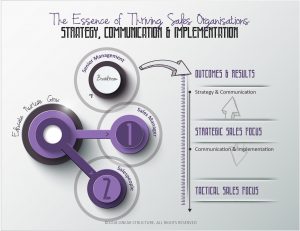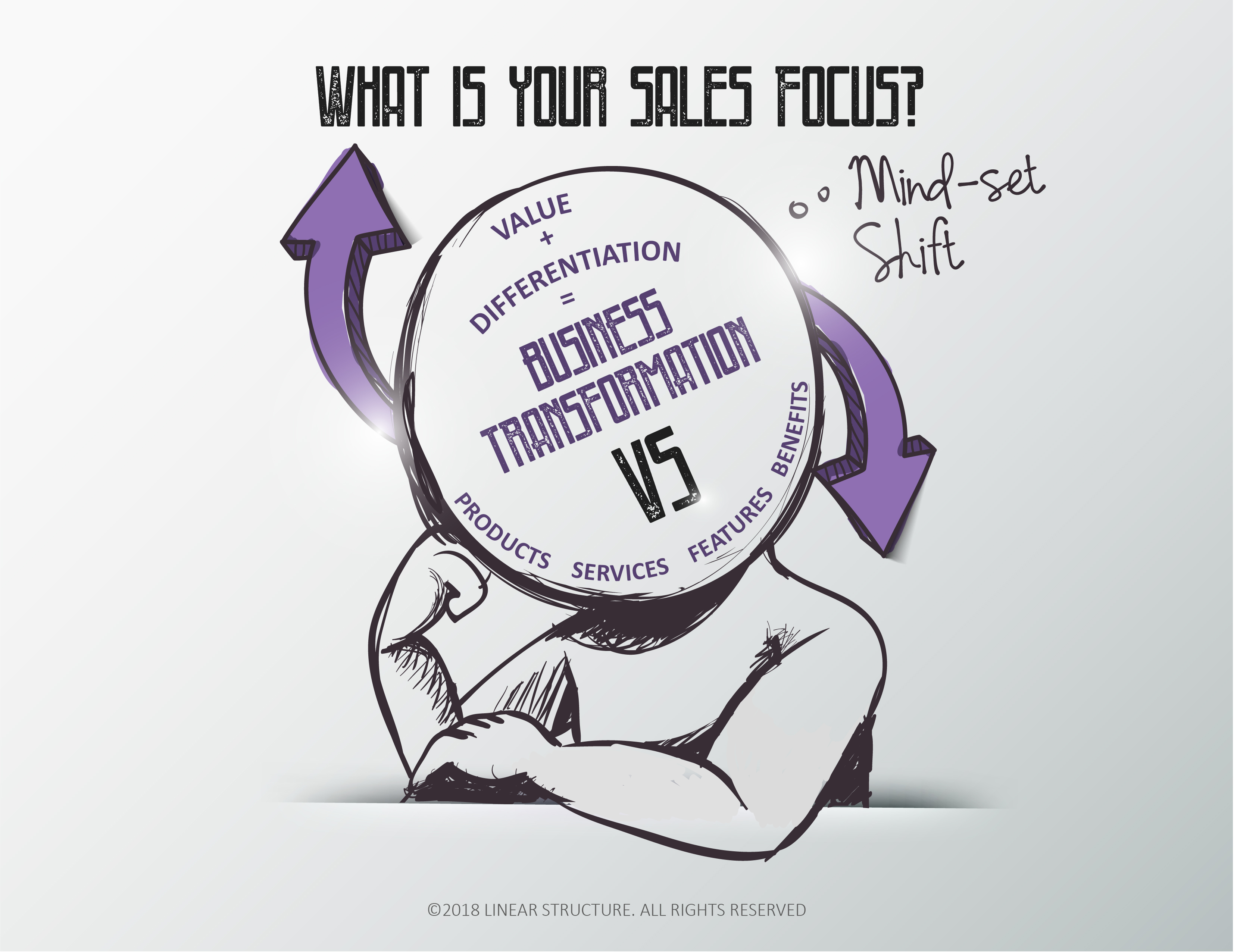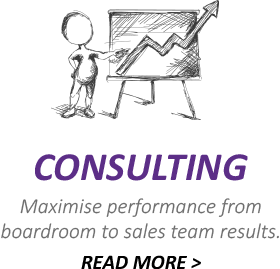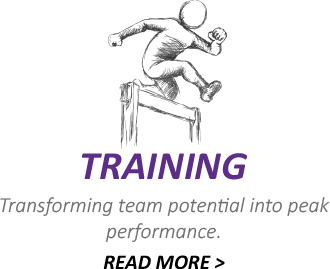Investing only in frontline sales training won’t get you peak performance results. Today smart companies across the globe are waking up to an important fact.
They must invest and empower their sales managers to achieve maximum performance.
We must stop this erroneous notion that by promoting good sales people they will naturally become great managers. They won’t because ‘Sales Management’ is a completely different role.
So, here are 5 reasons why every company should be investing in training and developing their sales managers.
- Set the pace. – They are the ones that set the pace and create the atmosphere for the whole team to achieve high performance.
- Direct link between boardroom & field. – They are the ones who can effectively communicate the strategy and direction from the boardroom and translate that into meaningful sales activities to be implemented in the field.
- Know their numbers. – They must understand their sales figures, and be able to read them like a book! Spotting pipeline pitfalls and forecast potential blockages with the ability to help their team overcome them.
- Leverage their experience. – They need the tools and coaching skills for a strong Knowledge Transfer, developing everyone by multiplying their skills throughout the team.
- Breed Loyalty – A good manager will be able to win the hearts and minds of their team. This is another valuable quality when you consider the high cost and impact of staff retention on your organisation. The person in the role of sales manager can dramatically affects the bottom line, but they need to know the qualities required to lead.
When you think about these 5 points is very evident that investing and empowering your sales manager is the key to superb results.
For additional insights checkout, the attached visual – -The Essence of Thriving Sales Organisation’ and listen to the podcast – ‘Empowering your sales manager to lead the team.’
Podcast: Play in new window | Download
Subscribe: RSS















